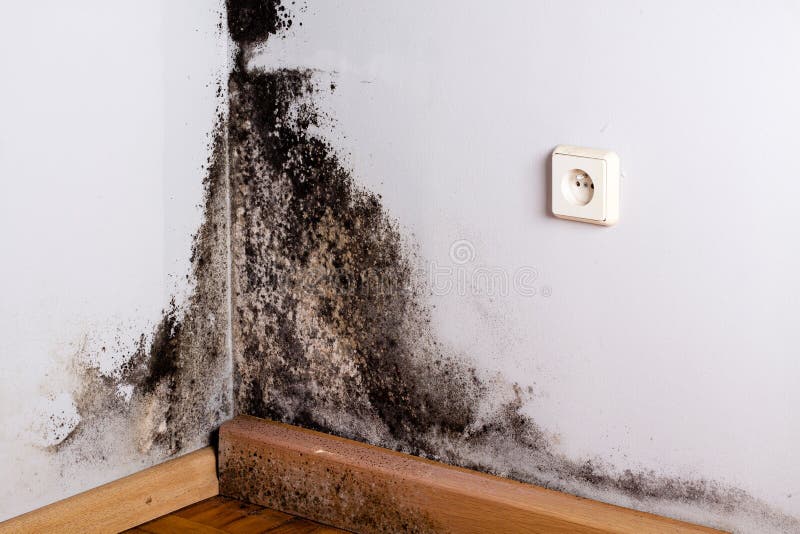When a low dew point of air is present, it is impossible for ice to form on surfaces.
The air in contact with the ice will have a dew point lower than the surface temperature of the heat exchanger.

Condensation prevention
No water will condense on cold surfaces if the dew point of the air in contact with it is below that of the surface. DST Dehumidification technology is very efficient at controlling the humidity in air to prevent condensation.

Corrosion
Iron and steel will not corrode if the relative humidity of the air in the environment is at a level below 50% RH

Hygroscopic materials
Products such as tablets, dry food, powders, sweets and bakery products are highly hygroscopic (water-absorbent material). To manage and maintain the product’s high quality, low levels of air humidity must be maintained from the beginning of the manufacturing process.
If the air has a relative humidity below 50%, most hygroscopic materials do not absorb excess moisture. But still, there are many products that require a relative humidity below 15%.
DST Dehumidifiers are capable of reducing the RH to 1%.

Drying buildings
When removing moisture from rooms, new houses, damp buildings, the most effective method of drying is drying-sorption. Air heating only takes moisture from one portion of the building to another. Heating air in connection with ventilation is a very expensive method. When using drying-sorption the moisture is removed from the building quickly and at low-cost.
Mould and Fungi
If the air is maintained at a relative humidity below 70%, mould and fungus cease to grow. It is important that no mould growth occurs in a range of buildings, as mould can produce volatile airborne spores that can cause serious health issues.

Bacteria
Bacteria can live and reproduce in the presence of moisture. Moisture in hygroscopic materials serves as a breeding ground for bacteria.
Our goal is to maintain relative humidity below 50% to prevent unwanted growths.
Bad smell
Unpleasant odours can be reduced if the relative humidity is below 50%.
Sensitivity product temperature
Drying-sorption is particularly appropriate if dried products are sensitive to high temperatures. The use of desiccants makes it possible to obtain a very low relative humidity product.
Electronics
Relative humidity significantly affects the function of electronic products. When exposed to high levels of humidity for extended periods of time, corrosion or breakdowns can occur. High levels of humidity can also produce condensation, which could short-circuit the device.



